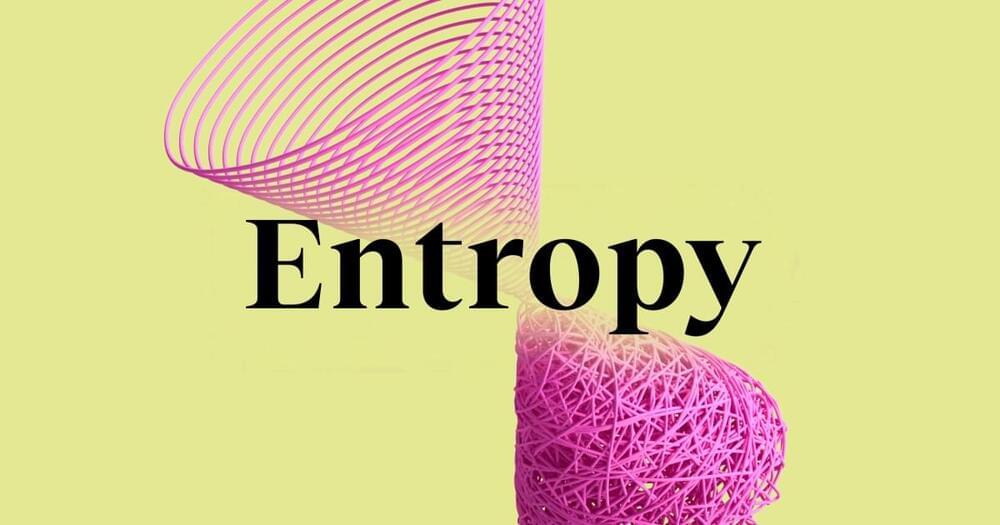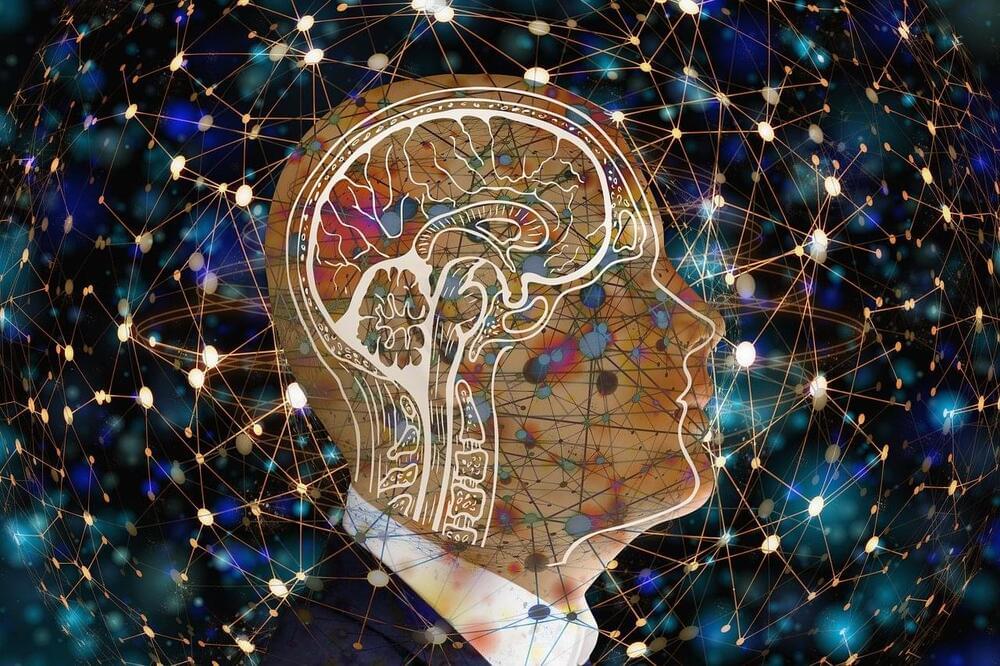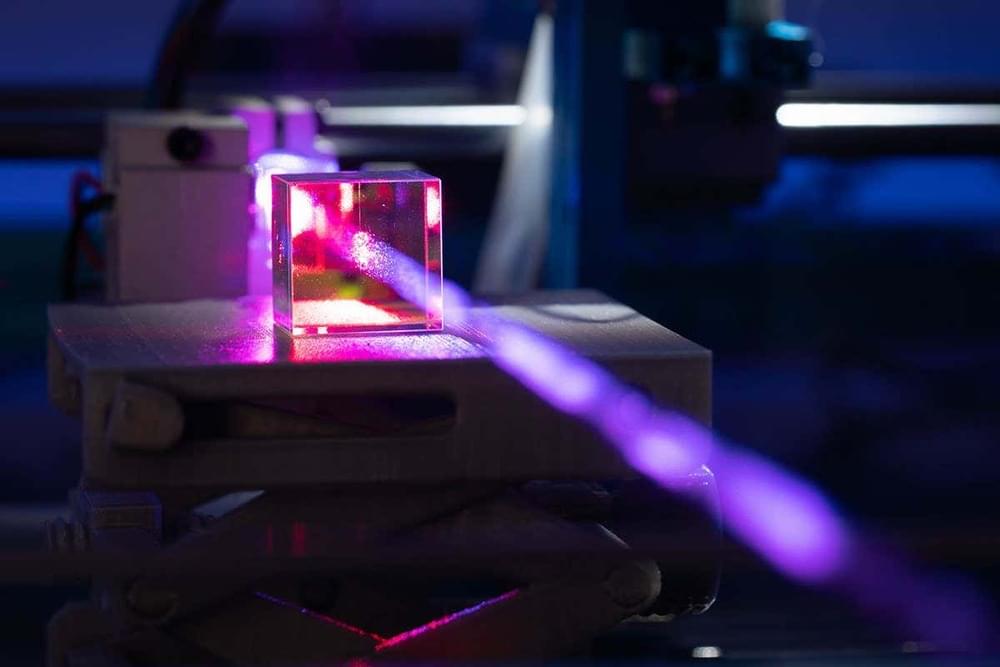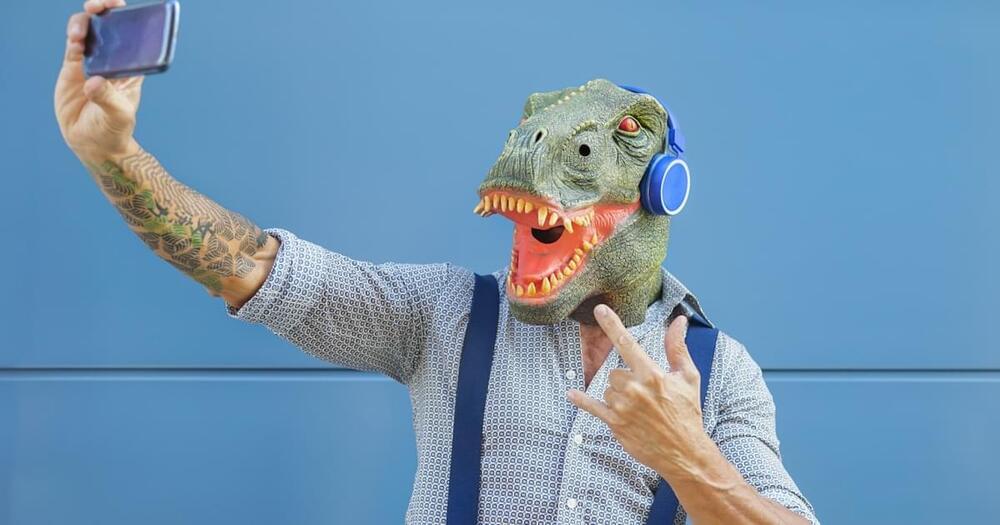Logic gates in biology can be set up to lead to timing important biological events. How is this done?
Edit: at 4:00, not all pathways make use of this motif. This is just one way timing can happen in biology.
Created by Prompt Suathim (2nd year undergrad, Integrated Science, UBC)
Uri Alon’s Book:
Music:
City Life – Artificial. Music (No Copyright Music)
Link: https://www.youtube.com/watch?v=caT3j… ure Water by Meydän Link: https://youtu.be/BU85yzb0nMU Forever Sunrise — by Jonny Easton Link: https://youtu.be/9Xndx7nhGAs Softwares used: Manim CE Keynote Blender Molecular Nodes by @BradyJohnston Chapters: 0:00 Intro 1:00 A few issues to address 2:51 Nodes in Biology 3:23 Feed Forward Loop 4:11 Logic gates in biology 5:27 The math behind delays 9:15 How is flagella production controlled 11:06 Outtro.
Pure Water by Meydän.
Link: https://youtu.be/BU85yzb0nMU
Forever Sunrise — by Jonny Easton.
Link: https://youtu.be/9Xndx7nhGAs.
Softwares used:



